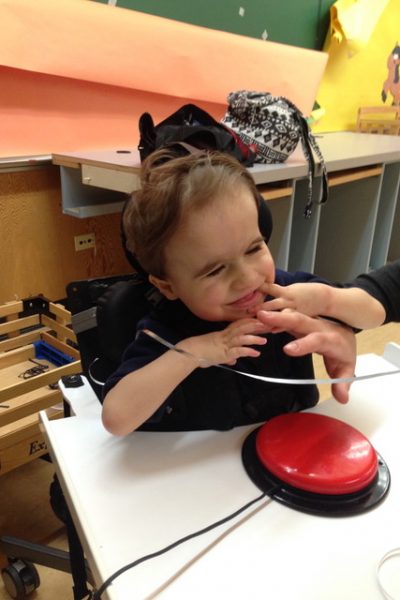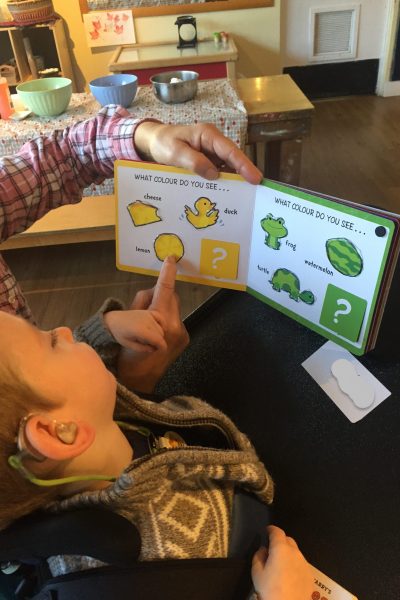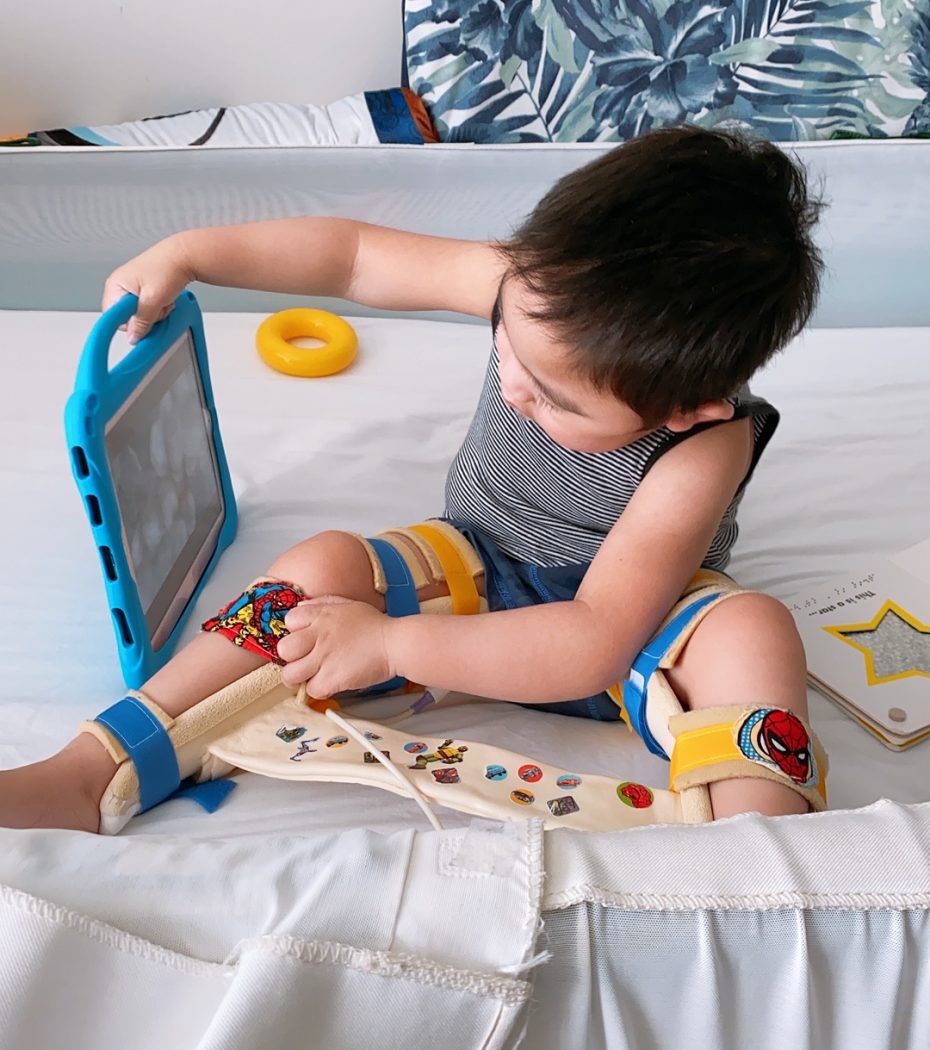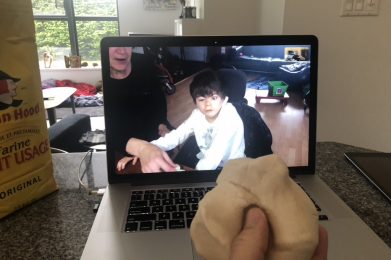
Intervention Program
Children and youth with deafblindness, ages 2-19 years, are supported to interact within their home and community environments during the spring, summer and winter school breaks. We provide funding for the family to hire an Intervenor to work with their child.
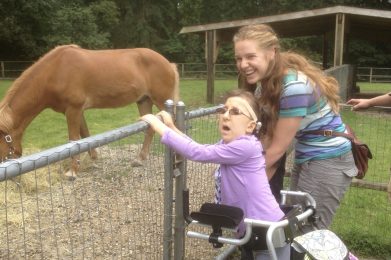
Summer Recreation Program
Provides opportunities during the summer months for our members to explore new activities and venues and to develop social relationships with other individuals who are deafblind. This program is available to all members.
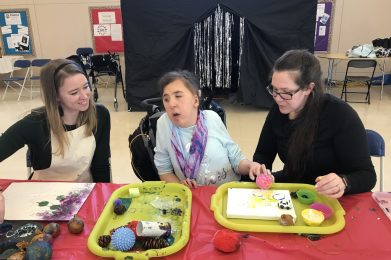
Sensory Clinics
Our sensory clinics range from an afternoon to a weekend and provide a sensory-loaded experience for children with deafblindness, as well as training and information for their families and Intervenors.
